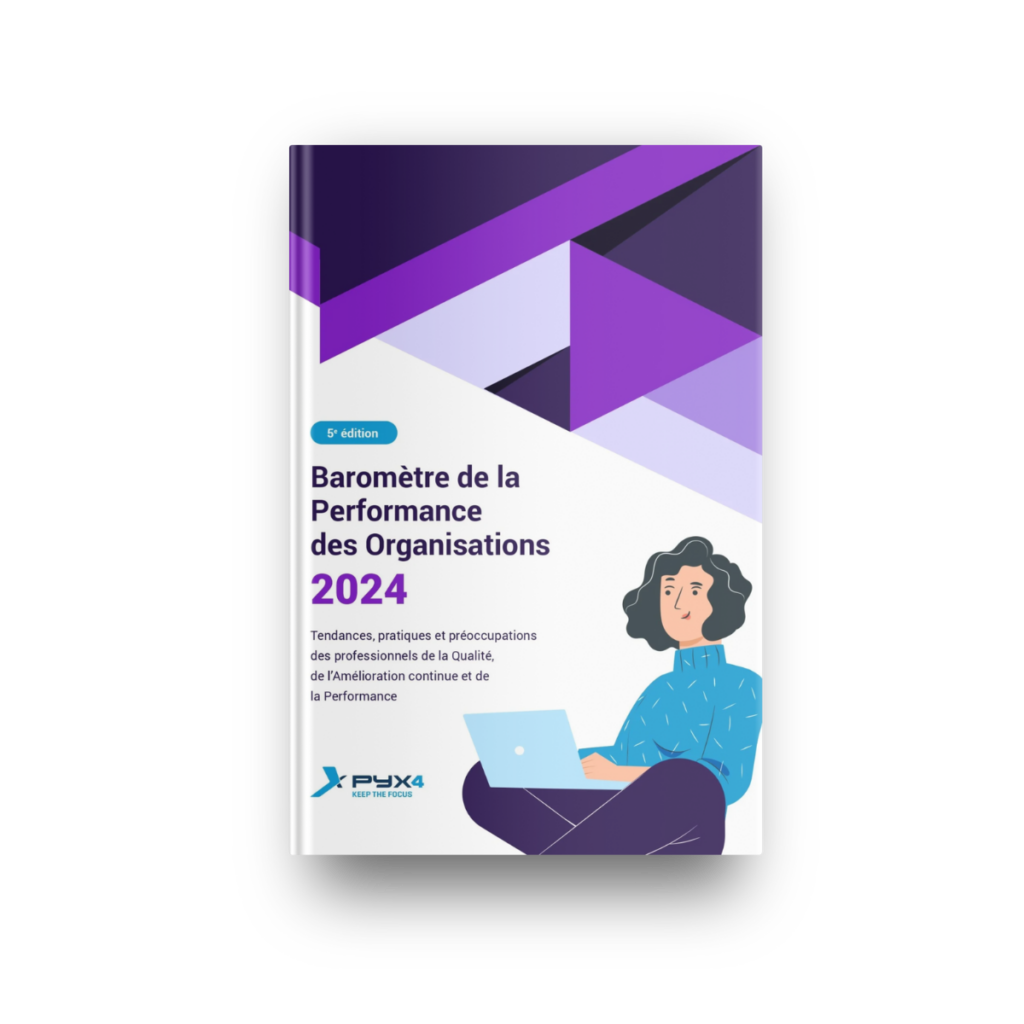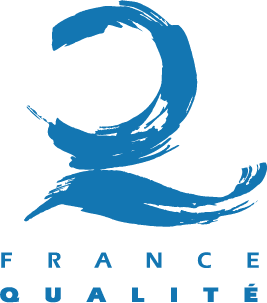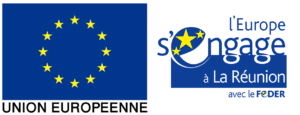Le diagnostic par le questionnement
Le QQOQCCP (ou Quoi, Qui, Où, Quand, Comment, Combien, Pourquoi) est une méthode simple et néanmoins très efficace qui permet de faire le diagnostic d’une situation ou d’un problème de façon précise et exhaustive. On l’appelle parfois aussi “méthode du questionnement”.
Cette méthode peut avoir des finalités diverses et variées.
Les professionnels de la qualité l’utilisent fréquemment pour résoudre différentes problématiques comme :

- Modéliser un processus ou une procédure
- Établir le diagnostic d’un dysfonctionnement
- Animer une séance d’idéation…
👉 Top 4 des méthodes de résolution de problèmes
Attardons-nous sur l’utilisation du QQOQCCP dans le contexte de la rédaction d’une procédure.
La méthode QQOQCCP pour la mise en place d’une procédure
| Questions | Finalité | Quoi | |
| Quoi ? | Quel est l’objectif de la procédure? | Décrire la raison d’être de la procédure | Définition d’un objectif, de KPIs |
| Qui ? | Qui est concerné ? Qui y participe ? | Identification des parties prenantes, des rôles qui prennent part à l’exécution de la procédure | Collaborateurs, clients, fournisseurs, partenaires, etc. |
| Où ? | Où cela se passe-t-il ? Dans quel service?Sur quelle machine ? | Identification la plus précise possible du lieu d’occurrence, des ressources mobilisées | Entité géographique, service, atelier, machine, etc. |
| Quand ? | Qu’est-ce qui déclenche cette procédure?À quelle fréquence est-elle exécutée?Quels sont les délais nécessaires à son exécution? | Identification des éléments déclencheurs, des contraintes de temps pour certaines activités. | Inputs, faits déclencheurs, contraintes de temps |
| Comment ? | De quelle manière ? Quels sont les moyens nécessaires pour réaliser cette procédure? | Définition de l’ensemble des ressources qui devront être mises à disposition des parties prenantes pour exécuter la procédure | Ressources et outils utilisés, Logiciel / application, documentation… |
| Combien ? | Quel est le coût associé? Combien de fois cette procédure est-elle exécutée chaque année ? | Mise en évidence des ressources financières dédiées à cette procédure. Identification des gains potentiels. | Ressources utilisées, déviation par rapport au budget, gains envisagés |
| Pourquoi ? | Pourquoi cette procédure se réalise-t-elle ainsi?Quelles sont les contraintes? | Description des causes sous-jacentes. | Émergence d’idées correctives ou préventives. |
Les bénéfices de la méthode QQOQCCP
La méthode QQOQCCP vous permettra d’animer un atelier préalable à la modélisation d’une procédure.
Vous pourrez poser ces questions au pilote de la procédure, aux personnes qui l’exécutent au quotidien dans l’organisation, en bref à toutes les parties prenantes.
Les données que vous allez en sortir vous permettront de :
- Clarifier les éléments nécessaires à la modélisation de la procédure
- Identifier les différences de vision entre les acteurs, notamment au niveau des interfaces (entrants et sortants de chaque activité) ou de la raison d’être de celles-ci
- Collecter des pistes d’amélioration qui vous seront utiles dans le futur quand le temps sera venu d’optimiser la procédure
Le fait de systématiser cette technique vous permettra de gagner en efficacité dans vos ateliers, cela vous donnera un cadre qui guidera les discussions et dont vous ne pourrez plus vous passer.








